I’ve watched clients struggle with leaking reused fittings that caused expensive water damage. This made me research when threaded fittings can actually be safely reused.
Threaded fittings can be reusable if they show no visible damage, have intact threads, and come from low-pressure applications. However, each reuse increases the risk of leaks due to thread wear, corrosion, or hairline cracks that are hard to detect with the naked eye.
The decision to reuse threaded fittings depends on several important factors. Let me walk you through the key considerations.
What Factors Determine if Threaded Fittings Can Be Safely Reused?
I once saw a reused fitting fail at a client’s factory, causing a costly shutdown. This taught me to carefully evaluate each fitting.
The safety of reusing threaded fittings depends on these key factors: application pressure, previous service conditions, material type, thread condition, and whether the fitting shows any deformation. High-pressure systems, corrosive environments, and critical applications generally require new fittings to ensure reliability.
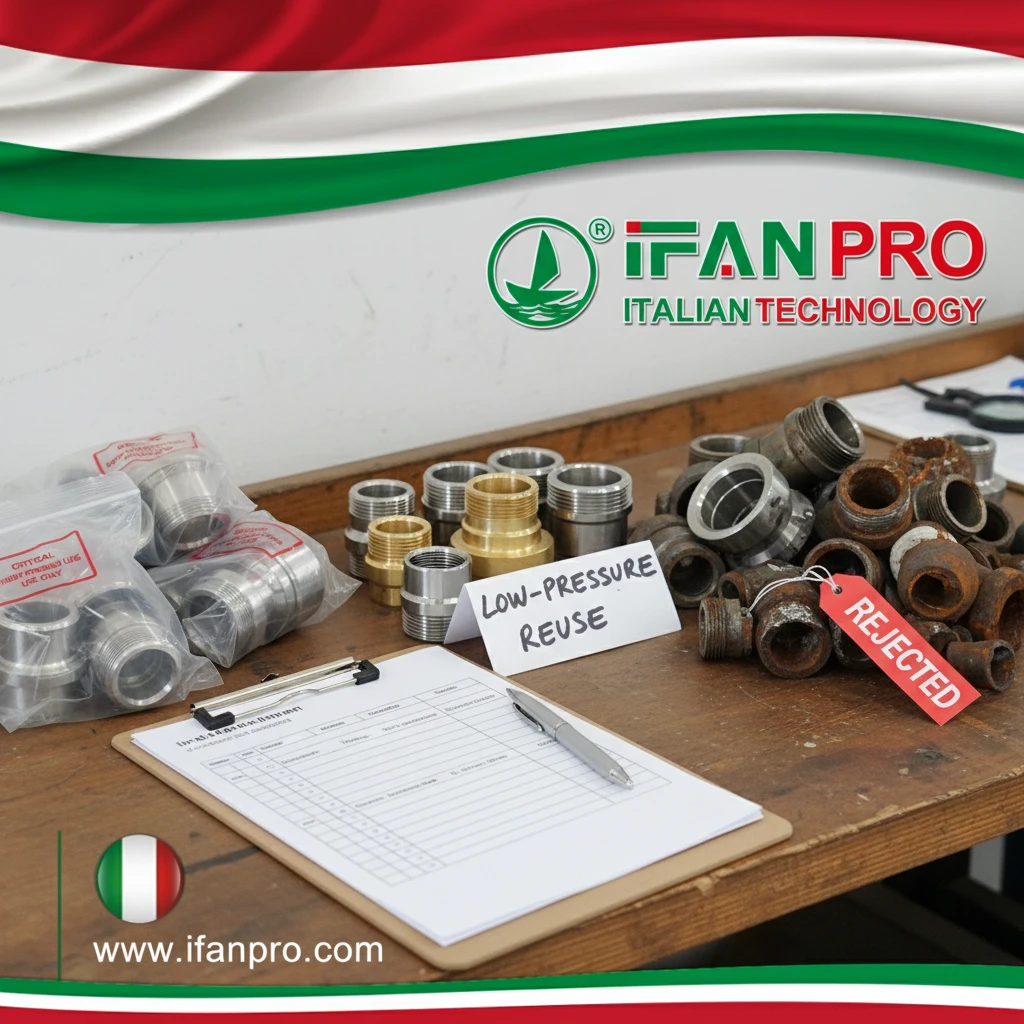
Understanding Pressure and Service Conditions
Pressure rating is the most important factor in reusing threaded fittings. Low-pressure applications like domestic water supply might allow for careful reuse, while high-pressure systems like industrial hydraulics or steam lines should always use new fittings. The reason is simple: each time a fitting is tightened, the metal experiences stress that can create micro-fractures.
Previous service conditions greatly affect reuse safety. Fittings exposed to high temperatures, like those in heating systems, undergo metal fatigue that weakens their structure. Similarly, fittings from chemical applications may have hidden corrosion that compromises their integrity. I always recommend replacing fittings that have been in corrosive service.
Material Considerations
The fitting material significantly influences reuse potential. Let’s examine how different materials behave:
| Material Type | Reuse Potential | Key Limitations |
|---|---|---|
| Raccords en laiton | Moderate | Soft material that deforms easily; threads wear quickly |
| Steel Fittings | Good | Durable but prone to rust and thread galling |
| Stainless Steel | Best | Resists corrosion but expensive to replace |
| Plastic Fittings | Poor | Threads strip easily and material cracks |
Critical Inspection Points
Thread condition determines whether a fitting can seal properly. Damaged threads won’t create the tight seal needed to prevent leaks. Look for these warning signs: crossed threads, flattened thread peaks, or any metal shavings in the threads.
The number of previous uses matters significantly. Most quality threaded fittings can withstand 2-3 proper installations if they haven’t been overtightened. However, I’ve seen fittings fail on their second use because someone used excessive force during previous installation.
How to Inspect Threaded Fittings for Damage Before Reusing Them?
Last month, my inspection caught a cracked fitting that would have caused a major leak. Here’s my systematic approach.
Inspect threaded fittings by first cleaning them thoroughly, then examining threads for damage under good lighting, checking for cracks and deformation, and finally testing with a matching thread gauge. Pay special attention to the first and last threads, which suffer the most wear during installation.

Step-by-Step Inspection Process
Start with proper cleaning. Use a wire brush to remove all debris, then wipe with a clean cloth. For stubborn deposits, a solvent helps reveal the actual condition of the metal. Never inspect a dirty fitting – hidden cracks often hide under dirt and old sealant.
Thread examination requires good lighting and patience. I use a bright work light and magnifying glass to check each thread carefully. Look for these specific issues: cross-threading evidence (threads at an angle), pulled threads (metal stretching), and thread crushing (flattened areas). The first three threads and last two threads receive the most stress during tightening, so examine them with extra care.
Critical Damage Indicators
Body inspection goes beyond just the threads. Check the entire fitting for these warning signs: hairline cracks (especially around stress points), corrosion pits (which create weak spots), and any deformation from overtightening. I often use a straight edge to check for warping that isn’t visible to the naked eye.
Measurement verification ensures the threads haven’t deformed. Use a thread pitch gauge to confirm the threads match the original specification. For critical applications, I recommend using a go/no-go thread gauge – if the “go” end doesn’t screw in smoothly or the “no-go” end does screw in, the fitting is unsafe for reuse.
Documentation and Decision Making
Create an inspection checklist to standardize your evaluation. Here’s what I use for client projects:
| Inspection Step | Acceptable Condition | Rejection Criteria |
|---|---|---|
| Thread Cleanliness | No debris or old sealant | Visible contamination |
| Thread Completeness | All threads sharp and undamaged | Flat, crossed, or missing threads |
| Crack Inspection | No visible cracks | Any hairline cracks |
| Corrosion Assessment | Surface discoloration only | Pitting or significant rust |
| Dimensional Check | Matches thread gauge | Doesn’t match specifications |
Finally, make a conservative decision. When in doubt, throw it out. The small savings from reusing a questionable fitting never justify the potential cost of leaks, system failure, or downtime.
What Types of Threaded Fittings Are Most Suitable for Multiple Uses?
Through years of sourcing fittings, I’ve identified which types withstand multiple installations best.
The most reusable threaded fittings include forged brass fittings in low-pressure applications, high-quality stainless steel unions, and industrial-grade steel fittings with thick walls. These typically feature robust thread designs, durable materials, and manufacturing processes that withstand repeated assembly and disassembly.
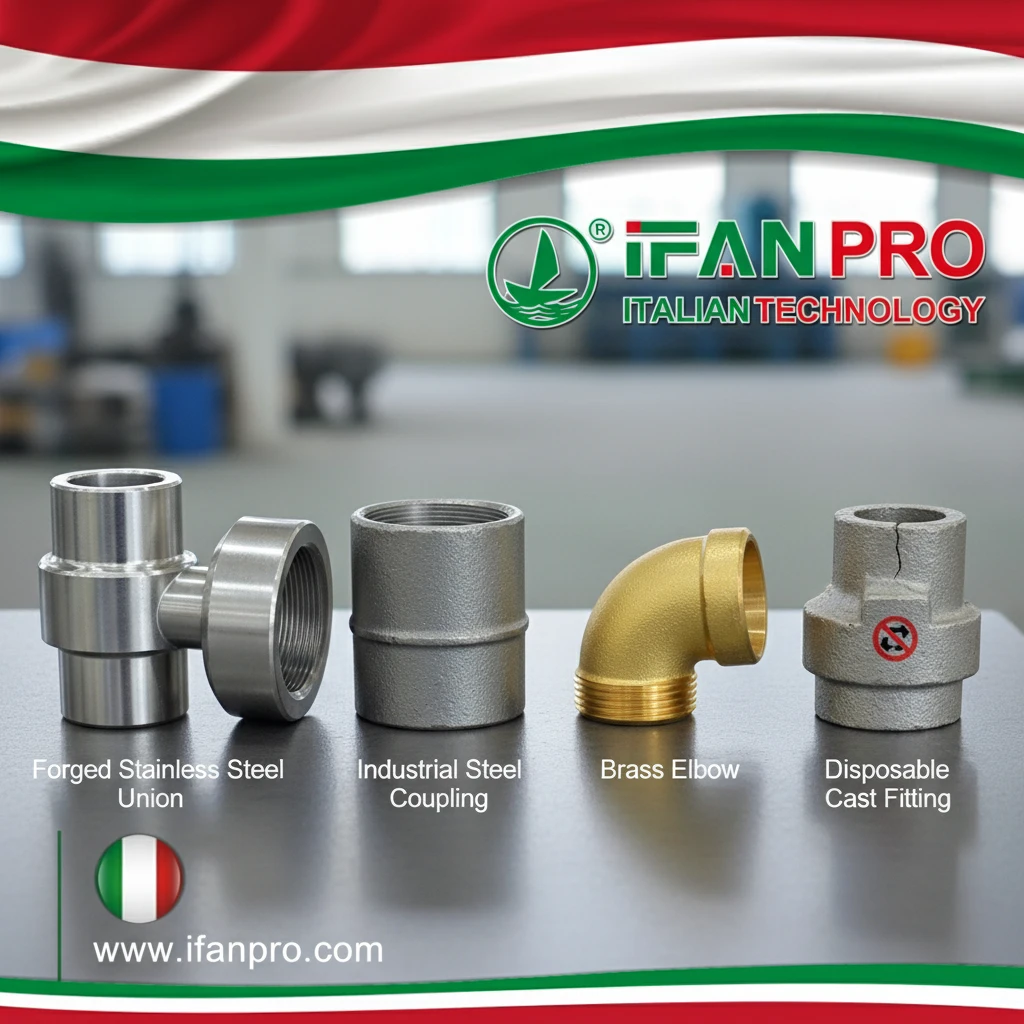
Material Durability Analysis
Stainless steel fittings offer the best reuse potential for several reasons. Their corrosion resistance means they don’t deteriorate in storage between uses. The hard material resists thread deformation better than softer metals. While more expensive initially, their reusability makes them cost-effective for applications requiring frequent maintenance.
Brass fittings have moderate reusability with important limitations. The soft nature of brass makes threads susceptible to damage during disassembly. However, in low-pressure residential applications like water supply lines, quality brass fittings can typically withstand 2-3 uses if handled carefully. I recommend using brass compression fittings only once, as the ferrule permanently deforms.
Design Features That Enhance Reusability
Certain fitting designs naturally lend themselves to reuse. Union fittings are specifically designed for multiple uses because they don’t require rotation during installation. The separate nut and seat arrangement means less wear on sealing surfaces. Similarly, couplings with straight threads and separate O-rings typically outperform tapered thread fittings for reuse.
Manufacturing quality dramatically affects reuse potential. Forged fittings withstand reuse much better than cast fittings, which can have hidden porosity that becomes failure points. I always recommend forged fittings for applications requiring disassembly and reassembly.
Application-Specific Recommendations
Different applications demand different approaches to fitting reuse. Here’s my experience across various industries:
Industrial Applications: In factory settings, I recommend reusing only stainless steel and high-grade steel fittings, and only in non-critical, low-pressure lines. For hydraulic systems or high-pressure steam, always use new fittings regardless of their apparent condition.
Residential Plumbing: For household plumbing, brass and plastic fittings can sometimes be reused if they show no visible damage. However, I advise clients to replace any fitting that has been in service for more than five years, as material degradation isn’t always visible.
Specialty Applications: In chemical processing or other corrosive environments, I never recommend reusing threaded fittings. The risk of hidden corrosion creating failure points is simply too high.
How to Properly Disassemble Threaded Fittings Without Causing Damage?
I’ve trained dozens of technicians on proper fitting disassembly. The right technique prevents most reuse problems.
Proper disassembly requires using the correct tools, applying penetrating oil to stubborn connections, turning fittings slowly to detect resistance, and supporting adjacent pipes to prevent stress. Always turn the fitting nut, not the pipe, and stop immediately if you feel sudden resistance or hear cracking sounds.
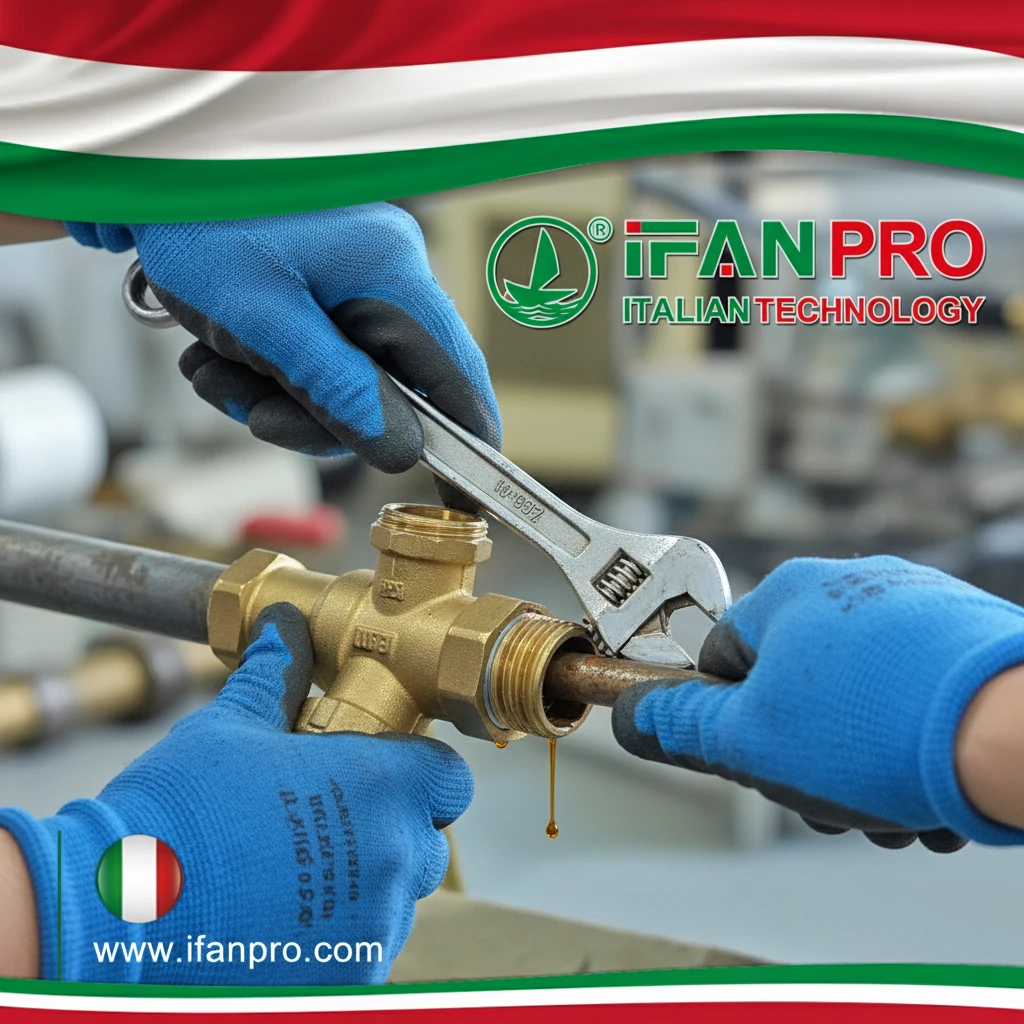
Preparation and Tool Selection
Proper tool selection makes the difference between successful reuse and damaged fittings. Always use wrenches that fit the fitting properly – adjustable wrenches often slip and damage fitting corners. For hexagonal fittings, use six-point wrenches instead of twelve-point for better grip and less rounding risk.
Application of releasing fluid is crucial for older installations. Apply a quality penetrating oil to the thread area and let it soak for at least 15 minutes. For severely corroded connections, applying heat carefully can help break the bond, but avoid overheating brass or plastic fittings as this will permanently damage them.
Disassembly Technique
The actual disassembly process requires patience and proper technique. Start by holding the stationary component with a backup wrench to prevent twisting adjacent pipes. Apply steady pressure rather than jerking motions, which can cross-thread or crack fittings. If a fitting won’t budge, apply more penetrating oil and wait rather than using excessive force.
Listen and feel for warning signs during disassembly. A smooth, consistent rotation indicates a fitting that’s likely reusable. Sudden resistance, popping sounds, or cracking noises mean you should stop immediately – the fitting is probably already damaged and shouldn’t be reused regardless.
Common Mistakes to Avoid
I’ve seen these errors ruin otherwise reusable fittings:
Using pipe wrenches on compression fittings always damages them. Pipe wrenches are designed to dig into soft pipe surfaces, not precision fitting surfaces. Always use the proper wrench type for each fitting design.
Overtightening during original installation is the main reason fittings can’t be reused. Proper tightness is typically 1-2 turns past hand-tight for tapered threads. Using thread sealant instead of excessive torque provides a better seal without damaging threads.
Best Practices Summary
Follow this disassembly sequence for best results:
| Step | Action | Purpose |
|---|---|---|
| 1 | Apply penetrating oil | Loosen corrosion and sealant |
| 2 | Use correct wrench size | Prevent rounding of fittings |
| 3 | Support adjacent pipes | Prevent stress on other components |
| 4 | Turn slowly and steadily | Detect problems early |
| 5 | Clean immediately after removal | Prevent corrosion during storage |
Finally, clean and store properly after disassembly. Remove all old sealant and debris from threads immediately. Lightly oil steel fittings before storage to prevent rust. Store reusable fittings in labeled containers to prevent mixing with new fittings.
Conclusion
Threaded fittings can be reusable with careful inspection and proper handling. For guaranteed reliability, use IFAN’s high-quality threaded fittings in your next project.

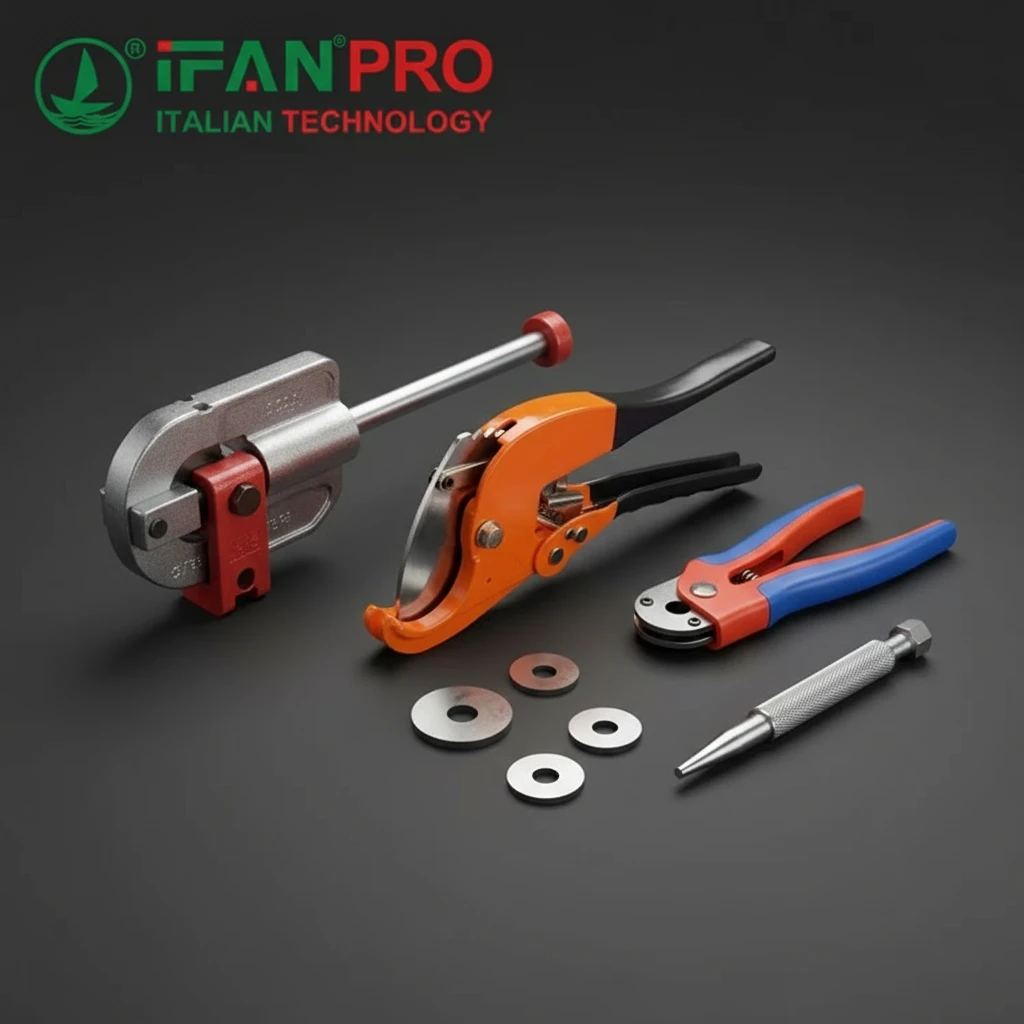

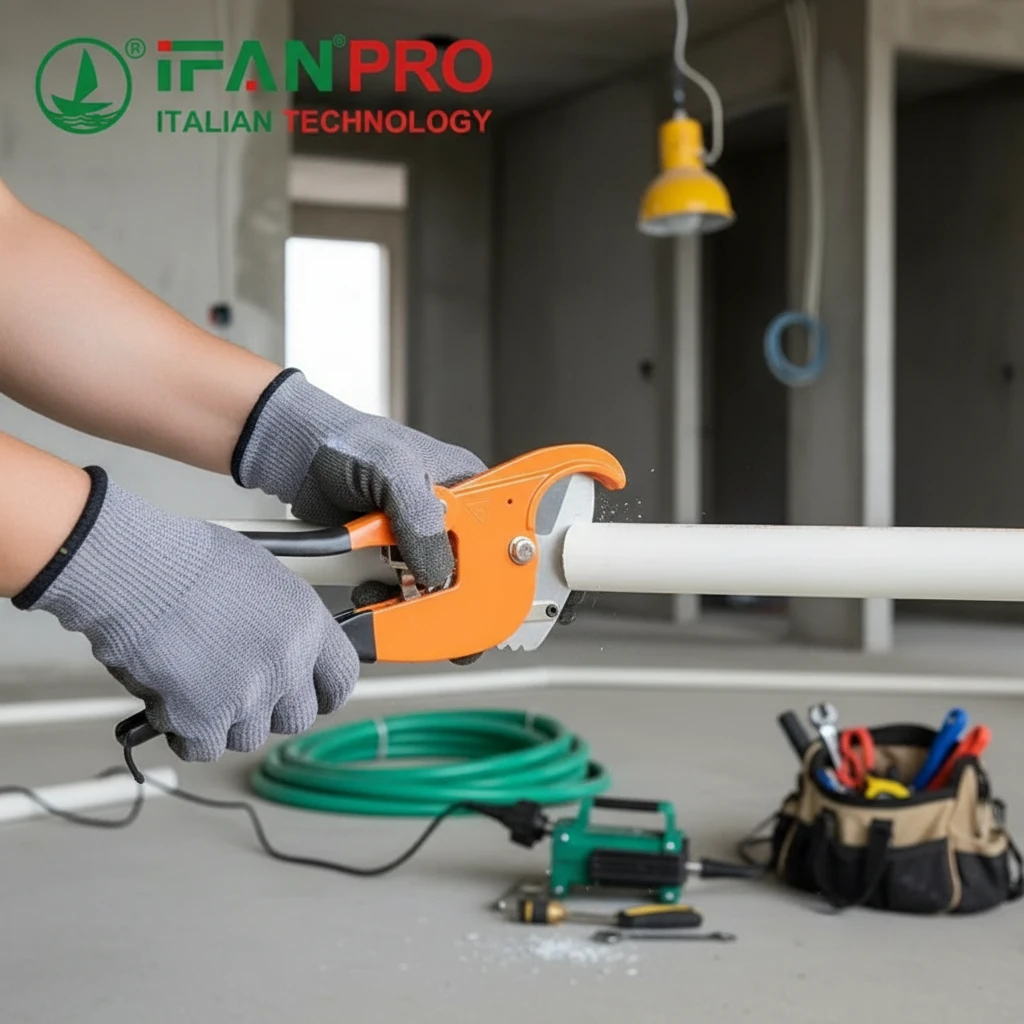









Commentaires récents